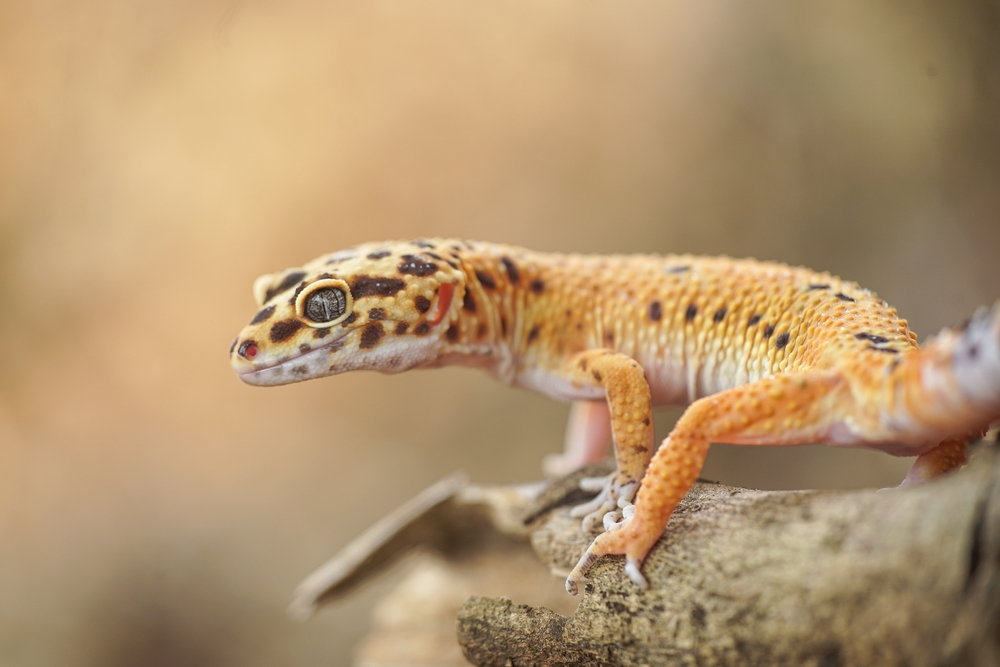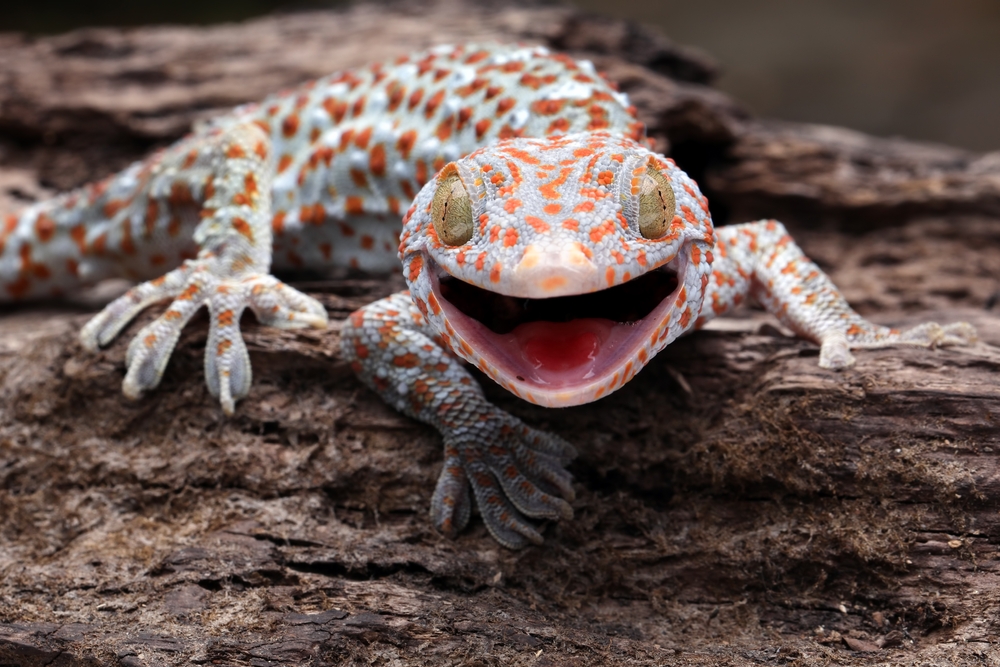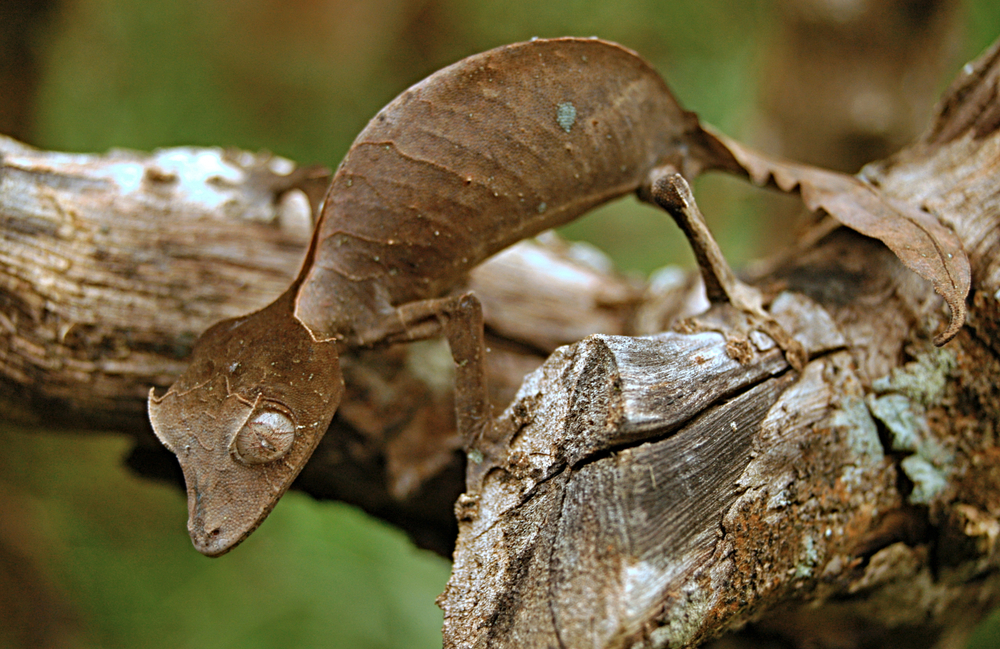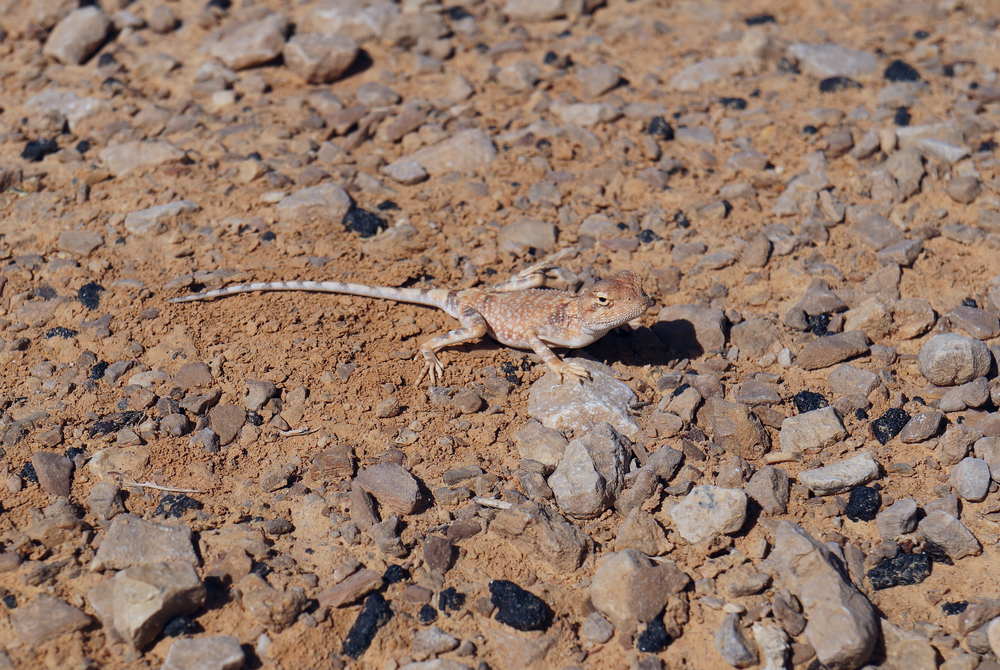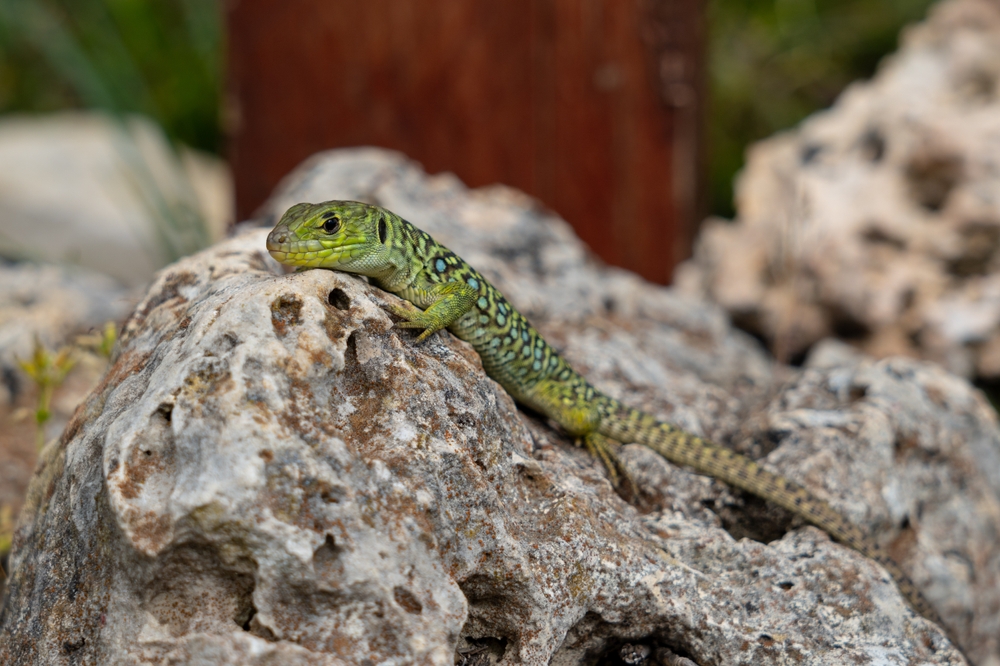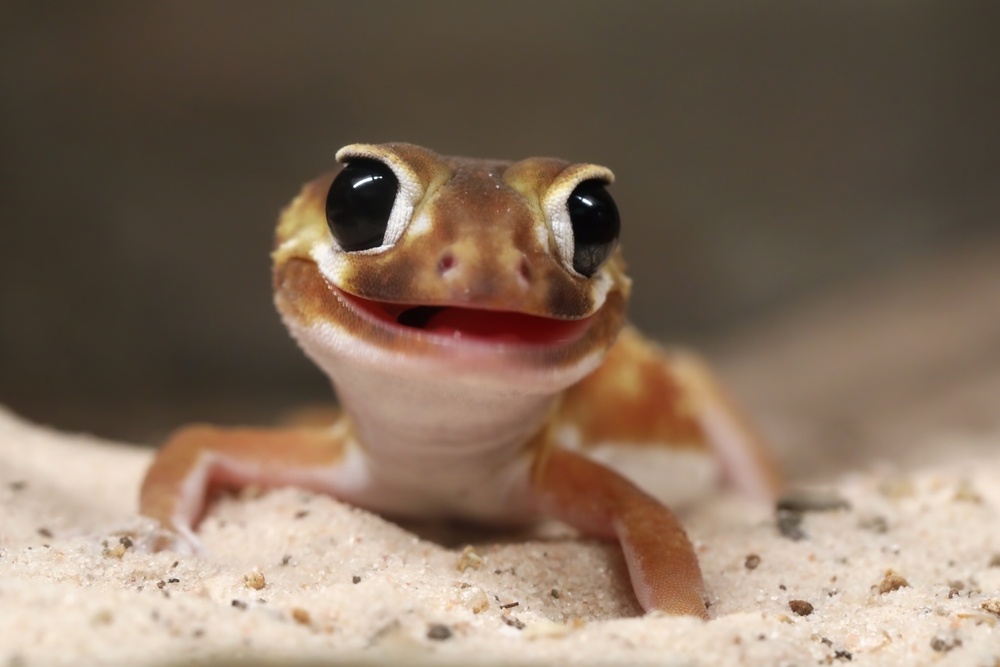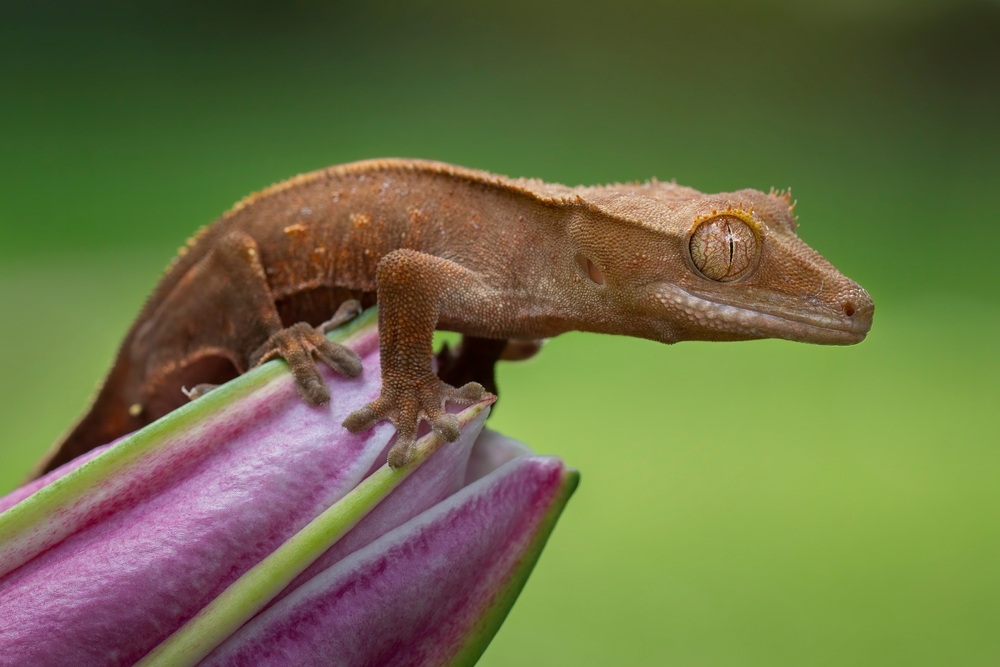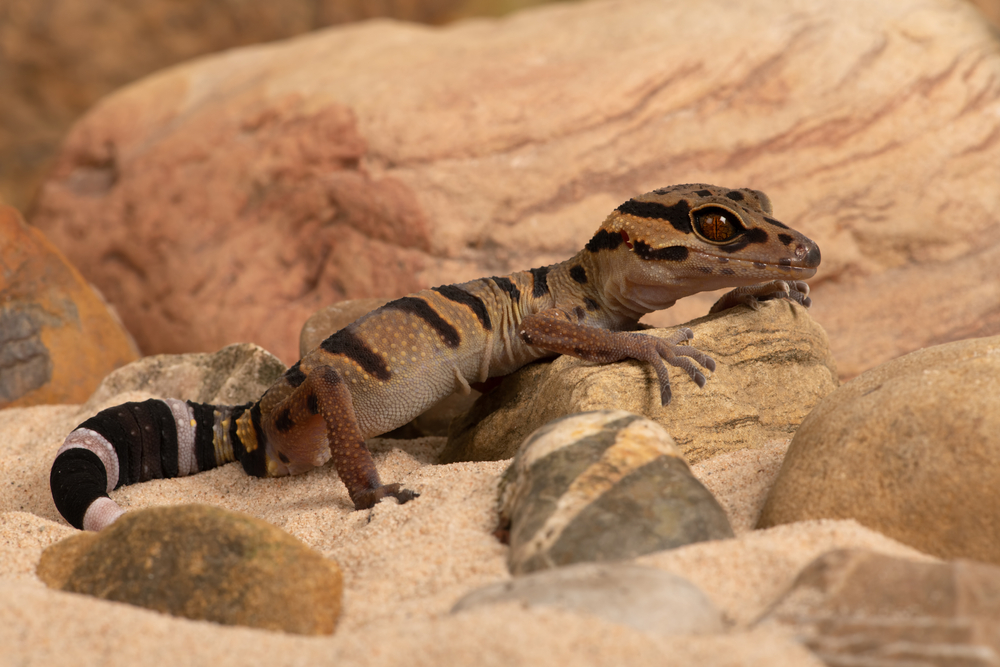Uniqueness
The Leopard Gecko is one of the most distinctive and popular geckos in the world, known for its eyelids, terrestrial lifestyle, and incredible adaptability. As both a hardy reptile and a key figure in the reptile hobby, it holds a special place among lizard species.
Movable Eyelids – Rare Among Geckos:
Leopard Geckos are one of the few geckos with fully functional eyelids, allowing them to blink and close their eyes—a trait uncommon in the gecko family. This protects their eyes from dust and sand in their native arid environments.
Clawed Toes Without Sticky Pads:
Unlike most geckos, Leopard Geckos lack adhesive toe pads and cannot climb smooth surfaces. Instead, they have clawed, padded toes, specialized for walking on rocks and dry soil—a reflection of their desert ground-dwelling lifestyle.
Tail-Based Fat Storage:
Their thick, segmented tail serves as a fat and moisture reserve, allowing them to survive periods of food scarcity. A healthy tail is often used to assess their condition.
Quiet and Handleable:
Leopard Geckos are unusually docile and tolerant of handling, making them one of the best beginner reptiles. They rarely bite, tolerate interaction, and show individual personality traits like curiosity and calmness.
Extensive Morph Variety:
Selective breeding has produced dozens of morphs, including albino, snow, blizzard, tangerine, and eclipse—featuring differences in color, pattern, and eye type. This genetic diversity makes them a cornerstone of the reptile breeding world.
Nocturnal Yet Expressive:
Despite being nocturnal, Leopard Geckos exhibit expressive behaviors, including tail waving, toe tapping, chirping, and gentle vocalizations. They interact with their environment and even recognize feeding routines.
With its combination of prehistoric features, endearing behavior, and evolutionary adaptations, the Leopard Gecko remains one of the most unique and accessible lizards in both the wild and the world of herpetoculture.



































































